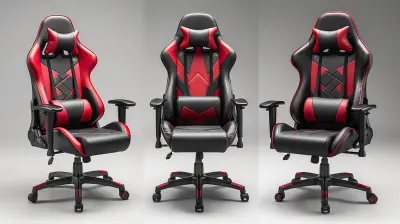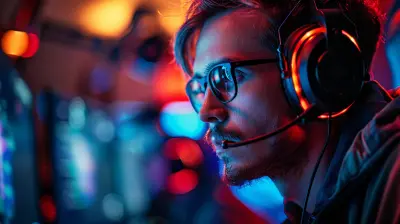Improving Your Reflexes for Competitive Esports
9 July 2025
Ever screamed, “How did they react that fast?!” while watching a pro gamer in action? Yeah, we’ve all been there. Fast reflexes can look like a superpower when you’re trying to keep up in competitive esports. Whether you're dodging bullets in Valorant, landing flick shots in CS2, or building towers at lightning speed in Fortnite, sharp reflexes are key to dominating your game.
But here's the good news—you don’t need to be born with cat-like reflexes. You can train your brain and body to be quicker, sharper, and more precise. Let’s break down how to improve your reflexes for competitive esports, step by step.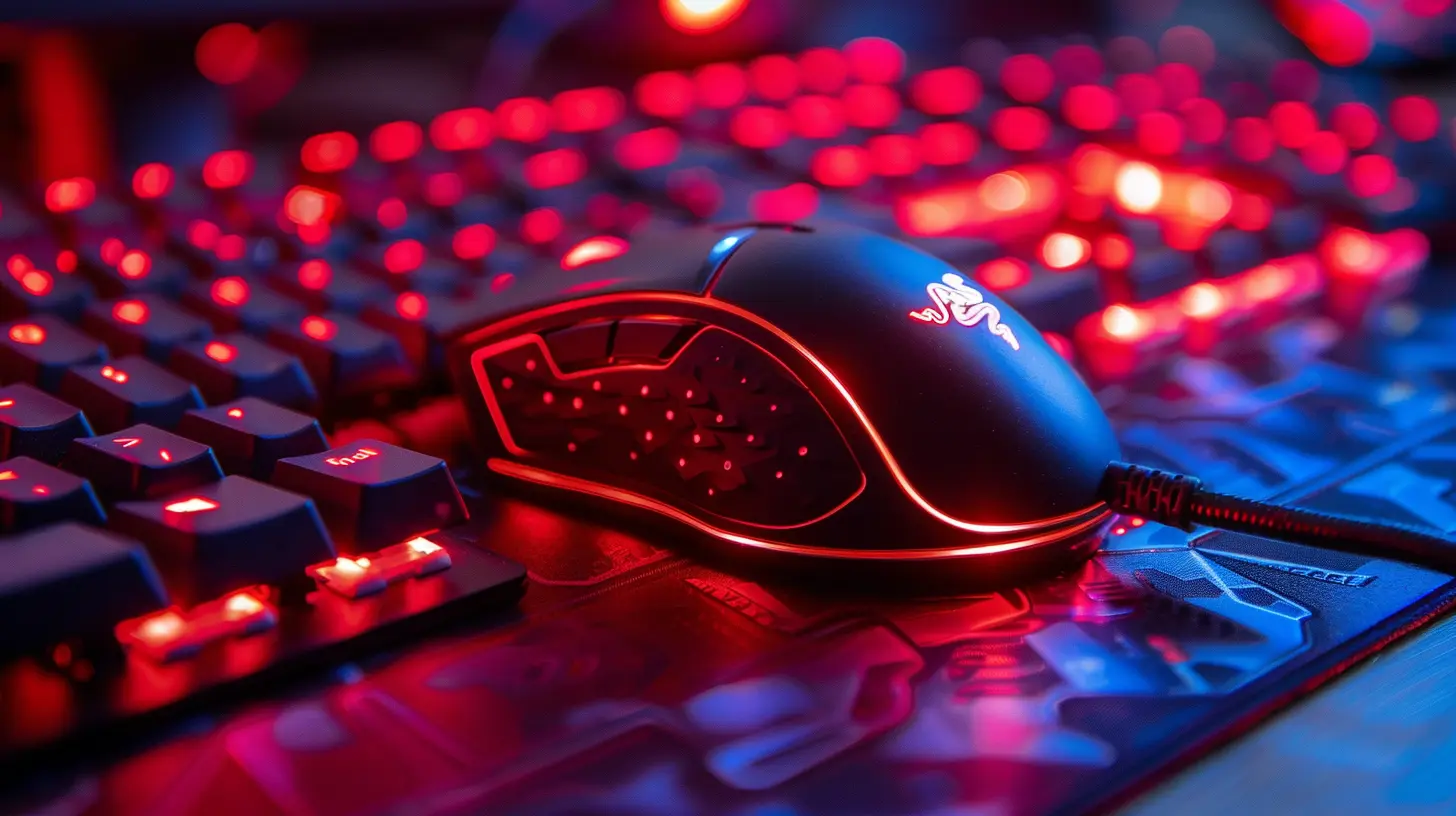
🧠 First Things First: What Are Reflexes in Gaming?
In gaming terms, reflexes are how quickly you can react to visual or audio cues—basically when something happens and how fast you respond. It could be something as simple as clicking when you see a target, or as complex as pre-firing a peek in a shooter.Think of it like this: every time you play, your brain is having a constant conversation with your hands. React too slow, and you’re a free kill. React too fast (without accuracy), and you’re just wasting your shots. The ultimate goal? Speed plus precision.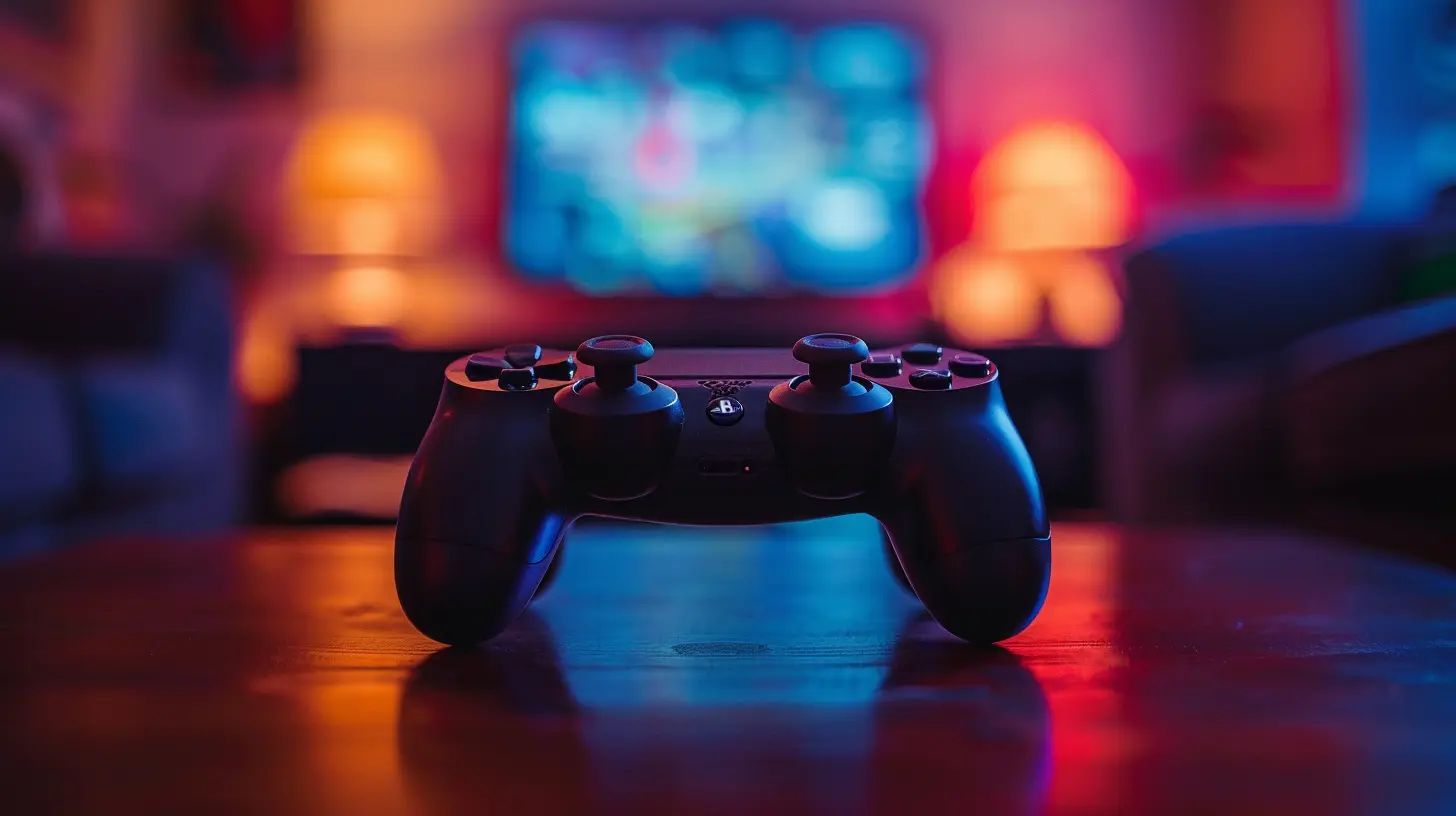
🎮 Why Do Reflexes Matter in Esports?
You might think winning is all about strategy or aim (and yeah, they matter), but if your reactions are lagging even by a split second, you’ll constantly be a step behind. Here's why reflexes are game-changers:- Faster aiming: Especially in FPS games, a quicker trigger finger means more kills.
- Dodging and movement: In games like Apex Legends or Overwatch 2, fast reflexes help you dodge enemy fire.
- Faster decision-making: RTS and MOBA games depend on lightning-fast judgments and actions.
- Winning clutch moments: Those 1v3s are won not just with skill, but with reaction speed under pressure.
Think of your reflexes as your in-game instincts—they determine how well you can translate thought into action.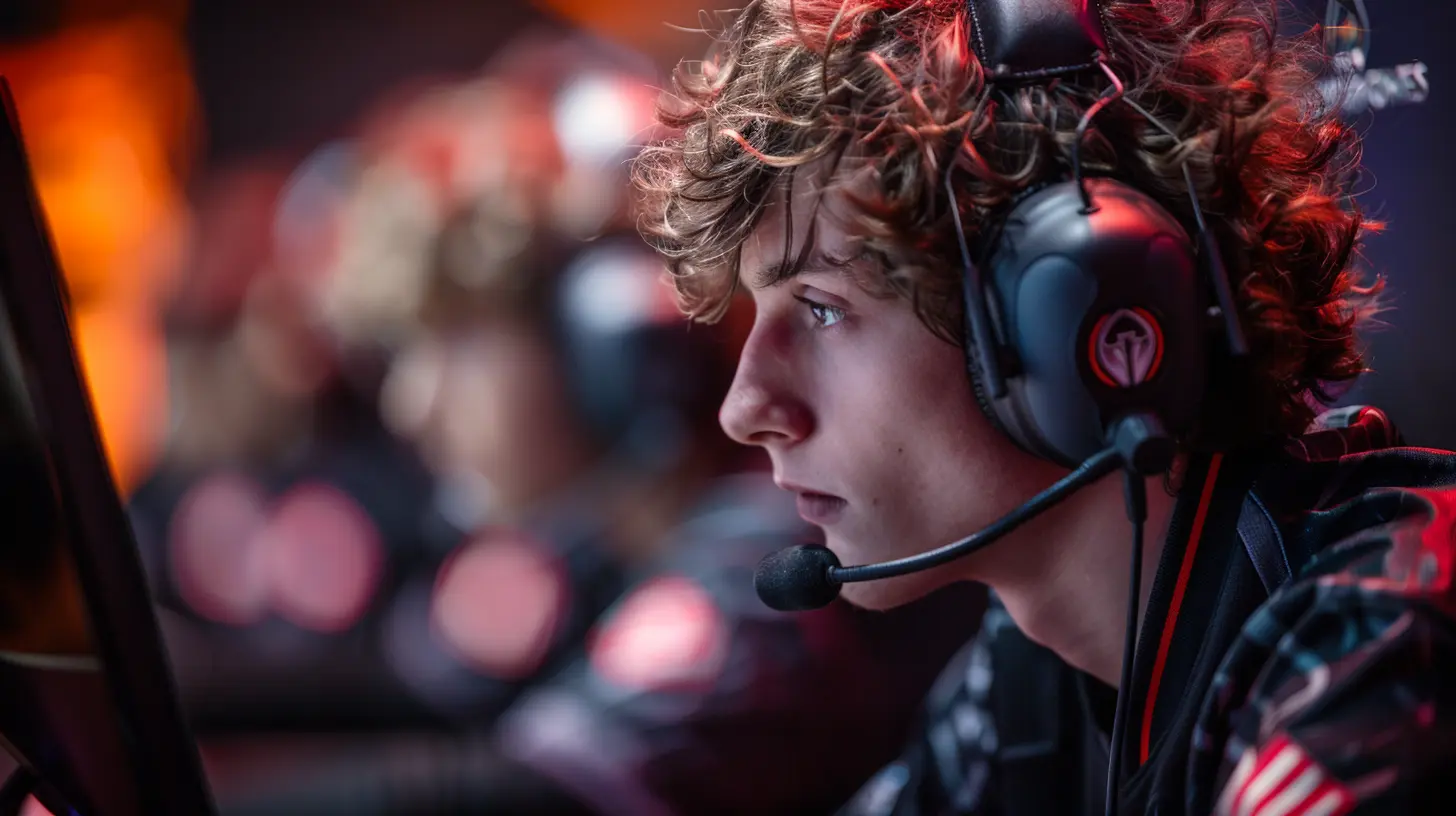
🔎 Assessing Your Current Reflexes
Before you can improve, you need to know where you're at. Consider testing your reaction time using simple tools online (like humanbenchmark.com). Typical gamer reaction time is around 250 milliseconds. Anything faster than that? You're ahead of the curve. Slower? Don’t sweat it—we’re about to fix that.
🧘♂️ Step 1: Get Your Mind and Body in Sync
You can't improve your reflexes if your brain is foggy. Reaction time starts with mental clarity.1.1 Get Enough Sleep
This might sound cliché, but sleep is literally your brain’s recharge station. Poor sleep slows your cognitive function and makes your reflexes sluggish. Aim for 7–9 hours each night.1.2 Hydration and Nutrition
Yep, what you eat affects how well you game. Keep hydrated and fuel up with brain foods like:- Blueberries
- Walnuts
- Eggs
- Green tea (hello, caffeine + focus!)
Avoid sugary stuff right before a session. You want focus, not a sugar crash mid-match.
⌨️ Step 2: Optimize Your Gaming Setup for Speed
You could have the fastest reflexes, but if your gear’s holding you back, GG. Here’s what to check:2.1 Low Input Lag Monitor
A high refresh rate monitor (144Hz or higher) updates your screen faster, which is crucial in fast-paced games. Pair that with low input lag for near-instant screen response time.2.2 Gaming Mouse and Keyboard
Pick gear with a high polling rate and responsiveness—especially important for shooters and RTS games. Mechanical keyboards also give better tactile feedback for fast inputs.2.3 Optimize Game Settings
- Lower your mouse DPI to improve accuracy, then tweak until speed feels natural.- Disable unnecessary in-game effects that might distract or slow down performance.
- Use a consistent crosshair and color scheme that your brain can quickly recognize.
🏋️ Step 3: Reflex Training Exercises
Time to put in some grind! Improving reflexes is just like training a muscle. Do these drills regularly:3.1 Aim Trainers
Apps like Aim Lab, Kovaak’s FPS Aim Trainer, and Aim Beast are straight-up gold for FPS players. Dedicate 15–30 minutes a day, focusing on tasks like:- Flick shots
- Target tracking
- Reaction shots
These tools also analyze your performance and help track improvement over time.
3.2 Reaction Time Games
Simple browser games like “Hit the Dot” or “Reaction Time Test” train your brain's ability to react faster. Add a timer, and challenge yourself daily.3.3 Eye-Hand Coordination Drills
Try these offline:- Juggling (seriously, it’s amazing for coordination).
- Playing catch with a reaction ball.
- Fast-paced rhythm games like Osu! or Beat Saber.
These help your brain and hands stay in sync under pressure.
💡 Step 4: In-Game Habits That Sharpen Reflexes
All the practice in the world won’t help if you play on autopilot. Here’s how to turn your real matches into training too:4.1 Play Against Better Players
Sounds painful, right? But when you’re constantly on the defensive, you’re forced to make faster decisions. You adapt faster under pressure.4.2 Pre-Aim and Pre-Fire
Don't just react—anticipate. If you know where enemies usually come from, pre-aim at head height. Pre-firing can even throw off faster opponents.4.3 Reduce Overthinking
Ever freeze up mid-fight? That’s your brain getting in the way. The more you train, the more your movements become second nature. Don’t overcomplicate—just do.🛠️ Step 5: Use Tech and Tools to Boost Reflexes
There are actually tools designed to help you build faster reactions and better focus. Consider:5.1 Neurotracker
Used by athletes and gamers alike, it improves mental focus, awareness, and multitasking over time. Think of it like CrossFit for your brain.5.2 Flicking Software with Feedback
Some aim trainers provide detailed heatmaps, timing breakdowns, and consistency stats. Use this data to tweak your weak points.5.3 Blue Light Filters
Fatigue = slower reflexes. Use blue light filters (Glasses or f.lux app) to game longer with less eye strain.🧠 Step 6: Train Your Brain Outside of Gaming
Fast reflexes aren’t only about your hands. The brain is the command center. Sharpen it with:6.1 Puzzle Games and Brain Apps
Apps like Lumosity challenge your memory, attention, and processing speed—skills you need for fast reaction.6.2 Mindfulness Meditation
Five minutes a day of mindfulness can boost focus, working memory, and make you more aware of in-game cues. Think of it like de-cluttering your mind.6.3 Learn a New Skill
Learning something new—like music, a new language, or even speed-typing—can increase your brain’s processing speed and response time in everyday tasks (including gaming!).🧪 Step 7: Track Your Progress
Consistency beats intensity. Improvement won’t happen overnight, but tracking your progress makes it feel real.- Keep a reflex journal
- Record reaction times weekly
- Log in-game performance moments (like clutch wins, fast kills, etc.)
Watching yourself improve is the ultimate motivator.
⚠️ Avoid These Reflex-Killers
Just like there are habits that help, there are some that absolutely wreck your progress:- Multitasking while gaming (turn off that second screen!)
- Caffeine overload – moderation is key, or you'll jitter instead of aim clean
- Neglecting breaks – fatigue leads to slower response times
- Too much grind, not enough recovery – burnout will slow you down like molasses
🏁 Final Thoughts
Improving your reflexes for competitive esports is more than practicing aim or playing for 10 hours straight; it’s about treating your body and brain like an athlete would. Build better habits, train smarter (not just harder), and watch your game take off.Faster reflexes help you react more sharply, give you the competitive edge, and let you win those high-stakes moments when milliseconds matter.
So what are you waiting for? Time to level up—not just your rank, but your reflexes.
all images in this post were generated using AI tools
Category:
Gaming TipsAuthor:

Pascal Jennings
Discussion
rate this article
1 comments
Judith Lane
Enhancing your reflexes is a journey of growth! Embrace each practice session, stay focused, and celebrate small victories. Remember, every click brings you closer to your esports dreams!
July 19, 2025 at 5:00 AM

Pascal Jennings
Thank you for your inspiring words! Embracing the journey is key to growth in esports. Let's keep pushing towards our dreams!

